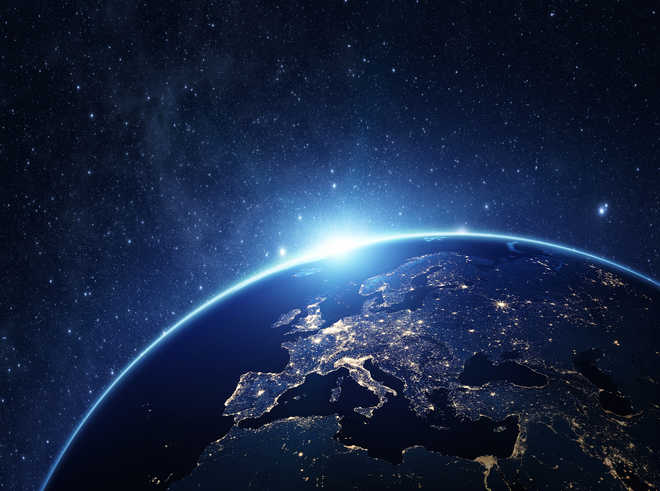
For representation only. Photo source: Thinkstock
Washington
NASA's Hubble Space Telescope is creating a road map for the two Voyager spacecraft, which will travel through unexplored territories beyond our solar system, by measuring the material along the probes' future trajectories.
Even after the Voyagers run out of electrical power and are unable to send back new data, which may happen in about a decade, astronomers can use Hubble observations to characterise the environment of through which these silent ambassadors will glide.
A preliminary analysis of the Hubble observations shows a rich, complex interstellar ecology, containing multiple clouds of hydrogen laced with other elements.
Hubble data, combined with the Voyagers, have also provided new insights into how our sun travels through interstellar space.
"This is a great opportunity to compare data from in situ measurements of the space environment by the Voyager spacecraft and telescopic measurements by Hubble," said Seth Redfield of Wesleyan University in the US.
"The Voyagers are sampling tiny regions as they plow through space at roughly 38,000 miles per hour. But we have no idea if these small areas are typical or rare," said Redfield.
"The Hubble observations give us a broader view because the telescope is looking along a longer and wider path. So Hubble gives context to what each Voyager is passing through," he said.
The astronomers hope that the Hubble observations will help them characterise the physical properties of the local interstellar medium.
"Ideally, synthesising these insights with in situ measurements from Voyager would provide an unprecedented overview of the local interstellar environment," said Julia Zachary of Wesleyan University.
NASA launched the twin Voyager 1 and 2 spacecraft in 1977.
Both explored the outer planets Jupiter and Saturn. Voyager 2 went on to visit Uranus and Neptune.
The pioneering Voyager spacecraft are currently exploring the outermost edge of the Sun's domain.
Voyager 1 is now zooming through interstellar space, the region between the stars that is filled with gas, dust, and material recycled from dying stars.
The probe is 13 billion miles from Earth, making it the farthest human-made object ever built.
In about 40,000 years, after the spacecraft will no longer be operational and will not be able to gather new data, it will pass within 1.6 light-years of the star Gliese 445, in the constellation Camelopardalis.
Its twin, Voyager 2, is 10.5 billion miles from Earth, and will pass 1.7 light-years from the star Ross 248 in about 40,000 years.
For the next 10 years, the Voyagers will be making measurements of interstellar material, magnetic fields and cosmic rays along their trajectories. — PTI



























